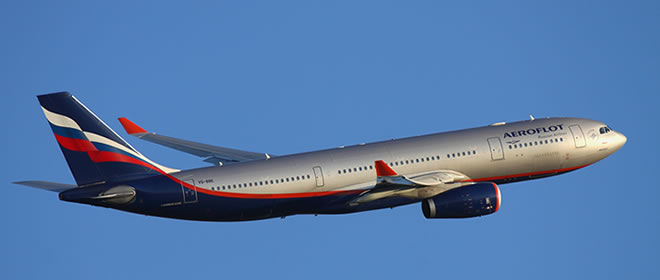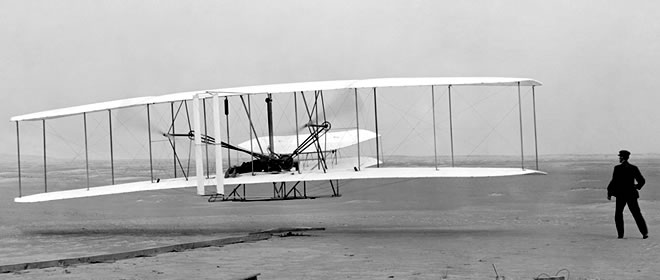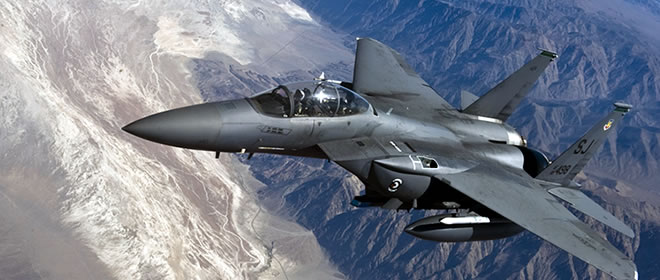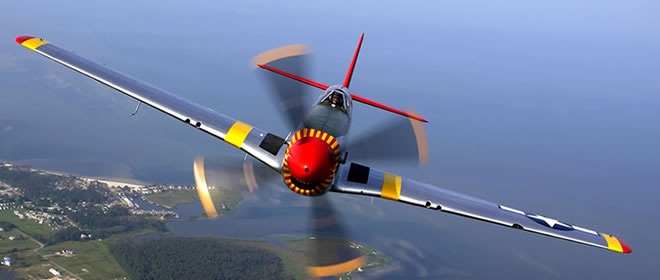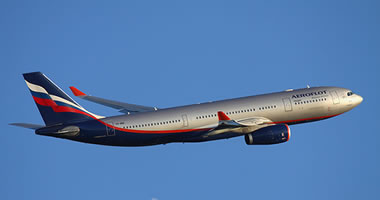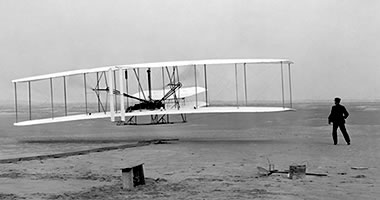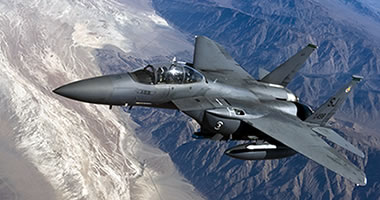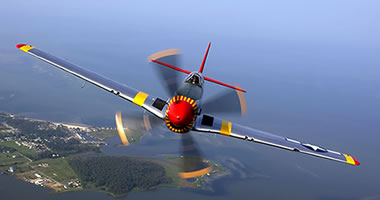Haldon
HALDON: Civil aerodrome and gliding site /regional airport - later military aerodrome. After WW2 mostly model flying.
(Also known as HALDON AIRFIELD, HALDON AERODROME, LITTLE HALDON and TEIGNMOUTH )
Note: My very good friend Maurice J Wickstead provided the second advert.
Operated by: 1928 to 1938: Mr W (Bill) R Parkhouse, Agra Engineering Co, Teignmouth
1938 to 1939? Straight Corporation
Gliding: 1930s only?
Note: The first picture from A.D.Williams was scanned from the excellent Cornwall Aviation Company book by Ted Chapman published in 1979. The date is 26th September 1937 and G-GAAA is awaiting an aero-tow.
For some perhaps odd reason, in 1937 it was decided to start giving some gliders registrations on the civil aircraft register. It appears the idea was soon dropped and only five were given registrations; the Slingsby King Kites G-GAAB, G-GAAC, G-GAAD and the Slingsby T.4 Falcon III - G-GAAE. I therefore suspect this could well be quite a rare picture. It was later assigned the B.G.A. (British Gliding Association) serial BGA242, which were being issued since 1930, and, as far as I aware, only the number needs to be displayed on the tail - if at all. Or at least, this seems to apply in the 1930s.
The second picture from A.N.Williams, (also scanned from Cornwall Aviation Company), shows Mrs Slingsby standing by her husband in the cockpit of the Falcon III. Note the lack of any apparent markings.
Military users: WW2: Initially Research & Development Flight (developing balloon cutters and airfield rocket defences)
Aug 1941: RNAS (HMS HERON II) Satellite of RNAS YEOVILTON
Target towing: 794 Sqdn (Blackburn Skuas)
761 Sqdn (Miles Masters)
May 1943: Reduced to Care and Maintenance
Note: Towards the end of WW2 it appears that No.84 Gliding School was established here, (for the Air Training Corps), and were equipped with one Dagling Primary (PD658), a Slingsby Cadet Mk1 (TS305) and a Slingsby Cadet Mk2 (VM648).
Post WW2
February 1946: FAA (Fleet Air Arm) control relinquished
June 1946: No.84 Gliding School, (ATC), departs for EXETER airport
Note: This map was provided by Dr Anne Tarver of the Nottinghamshire County Archive Service.
British airline users: Pre 1940: Air Despatch, Great Western Railway Air Service, Provincial Airways, Railway Air Services, West Country Air Services
Flying school/club: 1933: The South Devon Flying Club
Gliding Club: From 1937: Devon Gliding Club
Location: W of B3192, 2nm NW of Teignmouth
Period of operation: 1928 to 1946 (It appears the first aircraft to land at HALDON was the Avro Avian III G-EBXO in May 1928. Officially opened as an “airport” in April 1935)
Operational area: 1928: 80 acres
Runways: 1933 Max landing run: 823 grass
WW2: 18/36 823x133 grass 04/22 635x137 grass
13/31 457x137 grass
NOTES: It appears the first aircraft to land here was the Avro 594 Avian III G-EBXO, owned by Mr Parkhouse, on the 6th May 1928. This aircraft was first registered on the 27th April 1928, so it was brand new at that time. It seems Mr Parkhouse owned this aeroplane until 1933.
HALDON first became operational in June 1928, (by which time a small hangar and fuel pump had been installed), the first visitor being a DH Cirrus Moth from the London Aero Club piloted by Mr Peter Hoare. By the end of 1928 HALDON had become the first licensed private aerodrome in DEVON with thirteen pupils under training but the official opening of the aerodrome didn’t occur until 21st September 1929 when a notable flying meeting was arranged with many famous visitors flying in for an Air Rallye. Unfortunately poor weather curtailed most of the flying attractions but the large, (for the time), all-metal airliner Junkers F-13 G-AAGU managed to fly in.
It appears that Sir Sefton Branker, then the Director of Civil Aviation arrived for the opening ceremony, in an aircraft, (G-ADCA), piloted by Mr T D Bruce. As so often, many of these reports are very poorly researched. G-ADCA was an Airspeed AS.6A Envoy 1, first registered in May 1935! Sir Sefton Branker was an amazing figure, tirelessly promoting civil aviation, and British aviation suffered a great loss when he was killed in the R.101 airship crash near Beauvais in October 1930.
In early 1929 Parkhouse had become a sales agent for de Havilland and one Moth II prepared by them won the London to Newcastle air race in 1932. (‘Bill’ Parkhouse was no stranger to aviation having been an observer and pilot in the RNAS during WW1). One innovation he introduced, (from 1930?), was the Teignmouth Trophy Air Race with a prize of 100 guineas. But it seems, he never sold a single aircraft.
SIR ALAN COBHAM PAYS A VISIT
Note: This article, divided into two parts to make it easier to read, was kindly provided by Mike Holder, and published in the Western Morning News on the 28th August 1929.
HALDON was the 66th venue on the 27th August 1929 for Sir Alan Cobham’s UK Municipal Aerodrome Campaign. He landed in G-AAEV, the DH61 named “Youth of Britain” which he was using to promote this project. This Tour started in May and ended in October with one hundred and seven venues planned to be visited. Mostly in England two venues were in Wales and eight in Scotland. Without too much doubt this visit helped to put HALDON 'on the map' for a future regional airport?
In the end, due to a couple of accidents and other setbacks, he managed to visit 96 venues. Which was of course a quite magnificent achievement.
The Exeter and Plymouth Gazette also published an article on Wednesday the 28th August:
SIR ALAN COBHAM
______
Entertained by Teignmouth Rotarians.
________
AIRMAN'S HOPE
"At 11.30 yesterday morning Sir Alan Cobham arrived at the Haldon Aerodrome, and was greeted by a crowd of about 5,000. Among representatives of public bodies were those from Teignmouth, Newton, and Dawlish Urban Councils, Newton Rural Council, Exeter City Council, Teignmouth Chamber of Commerce, and the Rotary Club."
My note: Much publicity had been arranged for every venue of this 'Tour' and Cobham saw it as being essential that he addressed as many 'movers and shakers' as possible. Although he succeeded in only getting a few new aerodromes/regional airports in being fairly quickly underway, there can be little if any doubt, that this 'Tour' must have sown some of the seeds for many later developments.
"On alighting, Sir Alan was welcomed by Mr. F. James, who predicted that Teignmouth was going to take a very important place in the flying world." (He was of course quite wrong - HALDON never became a fully fledged regional airport.) "Fifteen scholars of the elementary schools and a similar number from the secondary schools of Teignmouth were given free trips." Lord Wakefield of Castrol Oil fame, had agreed to sponsor flying schoolchildren at all of the venues Cobham visited.
"The Rotary Club of Teignmouth entertained Sir Alan to lunch, Mr. R. A. Nelson presiding over a large company. Sir Alan, acknowledging the toast of his health, said he wanted to see an aerodrome in every town and village, and hoped that very soon they would be in a position to fly in a straight line from anywhere to anywhere. He wanted to get 100 aerodromes this year and 500 by the end of 1930."
All pie in the sky of course, utterly unrealistic. And yet, in an odd way, this did happen - in as much as all the venues used by the 'Flying Circus' operators, even if used for just one day, had to be officially licensed. This said, very few of these one-off venues, (if any?), went on to become established aerodromes.
"In a subsequent interview, Sir Alan said he was very pleased with the aerodrome, and considered it the only place possible in the district." Having flown across the area a few times, and driven around it, that seems a highly pertinent remark.
FLYING CIRCUS VENUES
The 110th venue for Alan Cobham’s National Aviation Day UK Display Tour on the 15th August 1932.
Two weeks later on the 30th August, did the Modern Airways, (The Crimson Fleet), ‘Tour of the UK’ display here?
Venue (8th June) for the British Hospitals Air Pageant 1933 Tour of the UK.
Used again on the 25th August by Alan Cobham’s 1933 No.1 Tour flying here from SWANAGE in DORSET.
The 111th venue on the 11th August for Cobham’s 1934 Tour of the UK?
Probably the venue on the 17th August for Cobham’s 1935 No.1 Tour?
A MICHAEL T HOLDER GALLERY
The seventh picture shows the aircraft log books for the de Havilland DH84 Dragon 2, (G-ACPX), being presented to Major Brackley at CROYDON. This Dragon, operated by Railway Air Services, a subsidiary of Imperial Airways, was purchased to operate the Plymouth to Liverpool service - with HALDON being an 'on request' landing site.
A COUPLE OF ACCOUNTS
Mike Holder has also managed to unearth these two accounts from the Flight magazine archives plus a picture of Mr Parkhouse:
AIRLINE SERVICES
In April 1933 the Great Western Railway Air Service started a service from Cardiff, (presumably PENGHAM MOOR?), via HALDON to Plymouth, (ROBOROUGH), using a Westland Wessex G-AAGW chartered from Imperial Airways. Later in the season extended to Birmingham (CASTLE BROMWICH?). This service only operated for that single summer season but was later replaced by other airlines. Provincial Airways starting using HALDON for their ‘West Country Air Service’ in November 1933 connecting CROYDON, Southampton (EASTLEIGH) and Plymouth (ROBOROUGH) using DH83 Fox Moths initially then DH84 Dragons.
On the 7th May 1934 Railway Air Services started operating (and extended) the ex-GWR route, with the DH84 Dragon G-ACPX – with HALDON being a ‘request’ stop. The service was from Plymouth (ROBOROUGH) – Teignmouth (HALDON) – Cardiff (PENGHAM MOOR) – Birmingham (CASTLE BROMWICH) to Liverpool (SPEKE).
It appears that in 1935 Provincial Airways and Railway Air Services, (RAS), switched to using DENBURY but RAS returned to HALDON in 1936 before switching operations to the newly opened EXETER airport in 1937.
AN AIR RACE
It appears that on the 24th July 1937, the 'Devon Air Race' was held. The three waypoints being Plymouth, (no doubt ROBOROUGH), HALDON and Exeter. With air displays being held at all three venues.But where was the Exeter venue?
A SMALL DETAIL
On discovering the WW2 details for this aerodrome I found a most unusual set of circumstances regarding the records. I have found a record giving, for its grass runways, exact magnetic headings and precise runway widths. Normally only the length of runway was provided in WW2 for grass runways and a very approximate magnetic heading such as E/W, or at best SSW/NNE etc.
MARGINAL AIRPORTS
In her autobiography Lettice Curtiss describes a visit to HALDON airport in 1935, (after it was officially opened), and states there were no buildings, just a windsock. This appears incorrect – see above. (Perhaps she didn’t notice the small hangar?). However, this certainly underlines the fact that many provincial airports in the 1930s were very marginal establishments compared to what we expect to see today with no terminal or other passenger handling or airline maintenance facilities etc, etc.
Many thanks to my good friend Maurice Wickstead for filling in many details. Also see his splendid article about HALDON in Popular Flying (April 2007).
THE STORY DOESN'T END WHEN THE AERODROME CLOSED
Indeed, not long after the military moved out in 1946, attempts were made to re-establish the airfield for civil private use, but eventually failed. Even so, during that period several light aircraft landed here, including an Aero 145, built in Czechoslovakia. It appears the son of the landowner regularly used the site flying a Miles Hawk Trainer, and indeed was the last to land here, with a Piper PA-22 Tri-Pacer 160 in 1968.
LATER DEVELOPMENTS
Note: All four of these pictures were obtained from Google Earth ©
MORE NOTES
It seems that model aircraft flying has been taking place here since the 1960s, and still does. It appears the Dartmoor Slope Soaring Club, (model flying), also use this location. But what interests me, looking at the pictures, is why is an 'airfield' with a NW/SE 'runway' of some 200 metres, and a SW/NE 'runway' of about 150 metres, required for either of these activities? But then again, why not? The space certainly decreases the risk of damage to their models. It appears that D.S.S.C. also use several other sites spread across Dartmoor.
undisclosed
This comment was written on: 2015-09-14 02:35:42Greetings! Really beneficial guidance on this informative article!
Reply from Dick Flute:
Many thanks indeed, Dick
Thomas Eastley
This comment was written on: 2017-04-08 18:44:24I was at a Haldon air display in 1929. Bristol Bulldogs and Gloster Guantets. I was about six but can remember it well
Reply from Dick Flute:
Hi Thomas, Many thanks. I had no idea that any air shows were held at Haldon. Regards, Dick
Dick Flute
This comment was written on: 2017-04-08 18:57:58Regarding my comment, above, I should have said air shows with a military element. Cheers, Dick
thomas
This comment was written on: 2017-04-09 21:00:13I think it was the Bulldogs they were behind the ropes and still all three tied together, I was quite concerned when they startedup and began to move, but the wind and the smell of that exhaust ! mu mother holding my baby sister thrying to ovoid the smell etc tripped over a tent peg. Someone asked me much later if they were hurt, didnt notice, I had get all of that smell. Three planes did loops etc and landed still tied together. Ciervas Auto Gyro was there too,it was reported to have crashed but I did not see that. I have been in aviation for over sixty years since then!
Reply from Dick Flute:
Hi Thomas, Many thanks indeed for adding your memories. This listing is getting so much more interesting than I had envisaged. Best regards, Dick
Jeremy Parkhouse
This comment was written on: 2020-04-26 10:45:54W.R. Parkhouse was my grandfather. Always interesting to read articles about Bill and Haldon.
Joyce Annal
This comment was written on: 2020-07-29 18:06:21My dad, Ben Buckingham, worked for Mr Parkhouse at the Agra garage in Teignmouth and went with him when he bought Exeter Airport.
We'd love to hear from you, so please scroll down to leave a comment!
Leave a comment ...
Copyright (c) UK Airfield Guide
